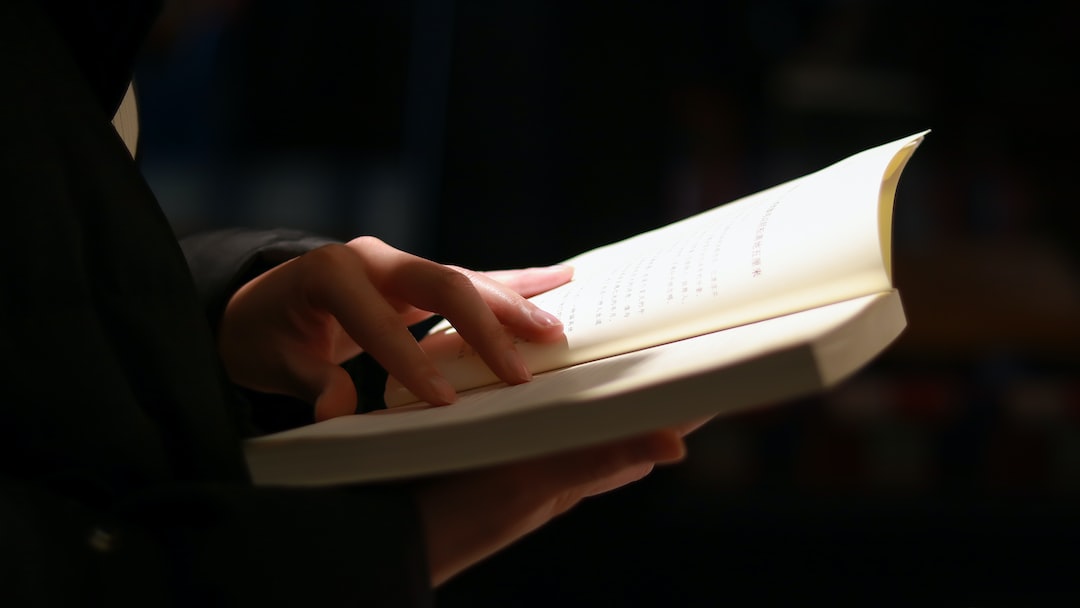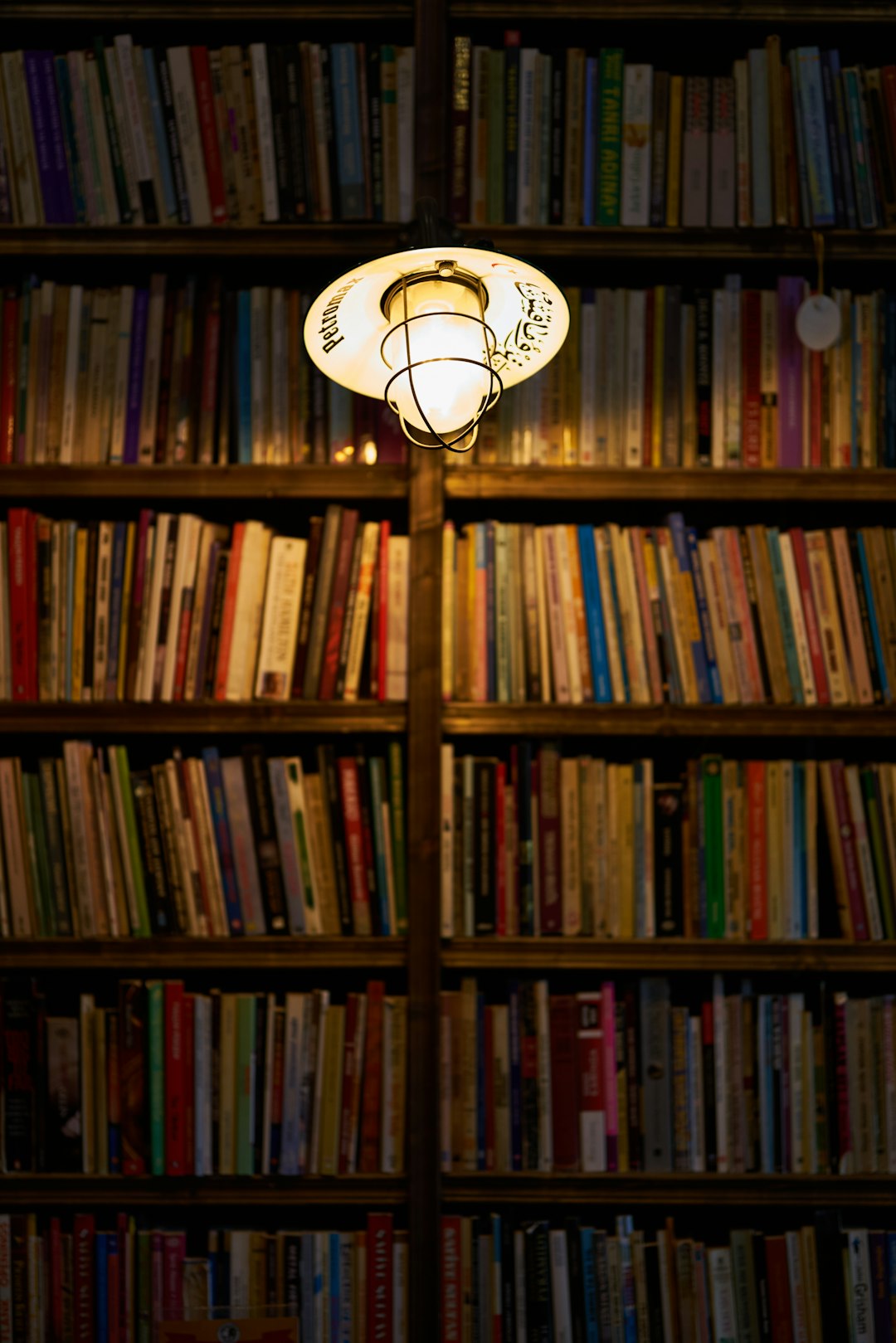Introduction
Table of Contents
In the heart of the Caribbean lies the Dominican Republic, a country pulsating with a rich blend of cultural traditions and stunning natural beauty. From its sandy shores to its rugged highlands, this nation not only captivates the senses but also invites one to delve into its linguistic roots, which form an integral part of the Dominican identity.
The most widely spoken tongue in this tropical paradise is Spanish, a legacy from the time of European explorers that continues to influence the country’s cultural fabric. This piece takes an insightful look at the linguistic panorama of the Dominican Republic, highlighting the main language spoken there and examining the intricate web of other languages and dialects that contribute to the nation’s dialogue.
The Dominant Language: Spanish
Since Christopher Columbus’s arrival in the late 15th century, Spanish has become deeply entrenched in Dominican society, shaping the collective ethos. Spanish in the Dominican Republic is characterized by its rapid speech pattern and a distinct tendency to soften the sounds at the ends of words.
But what language do they speak in the Dominican Republic? Well, the local Spanish is more than just a method of exchanging information; it embodies a rich cultural symbol, binding the people with a shared linguistic identity that is vibrant with regional nuances.

Indigenous Influences: The Taino Language
The Taino people, the island’s original occupants, left lasting imprints on the Dominican tongue. Although their language has ceased to be spoken, its remnants endure, with words such as ‘huracán’ and ‘hamaca’ becoming permanent fixtures in Spanish and worldwide.
Moreover, the Taino legacy lives on through place names that dot the map, like ‘Quisqueya’, the indigenous term for the island, reminding us of the profound impact of the Taino people on the Dominican Republic’s vernacular landscape.
African Languages: The African Influence
The forced arrival of African individuals brought a wave of African languages to the Dominican Republic, introducing a distinct flair to the local dialect. The African linguistic imprint can be spotted within Dominican Spanish through words like ‘gandul’ and ‘mangú’, which have seamlessly integrated into everyday language.
Furthermore, the African linguistic tradition has woven its way into the Dominican culture, influencing its music and oral traditions, adding depth to the country’s auditory tapestry.

Cocolo English: A Lesser-Known Language
What language do they speak in the Dominican Republic besides Spanish? Among other lesser-known tongues is ‘Cocolo English’, brought by migrants from other Caribbean islands who settled and worked in the sugar cane fields. This language variant stands as a testament to the Dominican Republic’s rich cultural diversity.
The Cocolo people maintain their distinct dialect, emphasizing the resilience of language as a bastion of cultural identity, despite their diminishing numbers.
Other Languages in the Dominican Republic
The linguistic spectrum of the Dominican Republic broadens further with languages brought by more recent immigrants. Haitian Creole and English serve as additional linguistic threads interwoven into the nation’s speech, complementing the dominant Spanish tongue.
In areas frequented by tourists and among expatriate communities, one might also hear Italian, German, and French, evidencing the country’s receptivity to different cultures and their languages.
Language as a Reflection of Society
Language in the Dominican Republic reflects its social dynamics, varying according to class and education. The way people speak can hint at their place in society, with dialects acting as connectors among some while separating others.
The Dominican Republic serves as a prime example of how language can simultaneously be a powerful tool of inclusion and a marker of societal divides.

The Importance of Language Preservation
In the face of global homogenization and digital expansion, maintaining the Dominican Republic’s linguistic heritage is a poignant endeavor. Education and modern media are crucial in sustaining the vibrancy of the Dominican language for future generations.
Although the digital age poses a threat to lesser-spoken languages, it also offers innovative ways to document and celebrate the nation’s linguistic diversity, both online and offline.
Conclusion
Surveying the rich tapestry of languages in the Dominican Republic unveils a spectrum filled with the hues of history and cultural richness. At the linguistic core is Spanish, flavored with local variations, while whispers of Taino heritage and African rhythms enrich the Dominican way of speaking.
The importance of language extends beyond its utility— it serves as the very essence of culture and a framework for societal norms. As we conclude this exploration, let’s embrace a deeper understanding of the Dominican Republic’s complex linguistic mosaic, reminding us of language’s capacity to unite and define a nation.
Frequently Asked Questions
What language do they speak in the Dominican Republic?
The Dominican Republic’s primary language is Spanish, a heritage stemming from the colonial era. This local version of Spanish is distinct in its rapid speech pattern and the common softening of word endings, reflecting the country’s unique linguistic identity.
Are there any indigenous languages spoken in the Dominican Republic today?
While the Taino language, the tongue of the island’s original inhabitants, is no longer actively spoken, its influence persists. Many Taino words, such as ‘huracán’ (hurricane) and ‘hamaca’ (hammock), have been assimilated into Dominican Spanish and are still used today.
How have African languages influenced the Dominican linguistic landscape?
African languages have left a remarkable imprint on Dominican Spanish through vocabulary and expressions, such as ‘gandul’ and ‘mangú’. This influence extends to music and storytelling, showcasing the deep cultural integration of African heritage in the Dominican Republic.
What other languages are present in the Dominican Republic’s cultural mosaic?
Beyond Spanish, you’ll find Haitian Creole and a unique version of English called ‘Cocolo English’, introduced by English-speaking Caribbean migrants. Tourist areas and expat communities also feature languages like Italian, German, and French.
Is the Dominican Republic’s linguistic diversity under threat?
In the age of globalization, preserving the Dominican Republic’s rich linguistic diversity is a challenge. However, efforts through education and modern media are helping maintain the vibrancy and resilience of the nation’s languages for future generations.